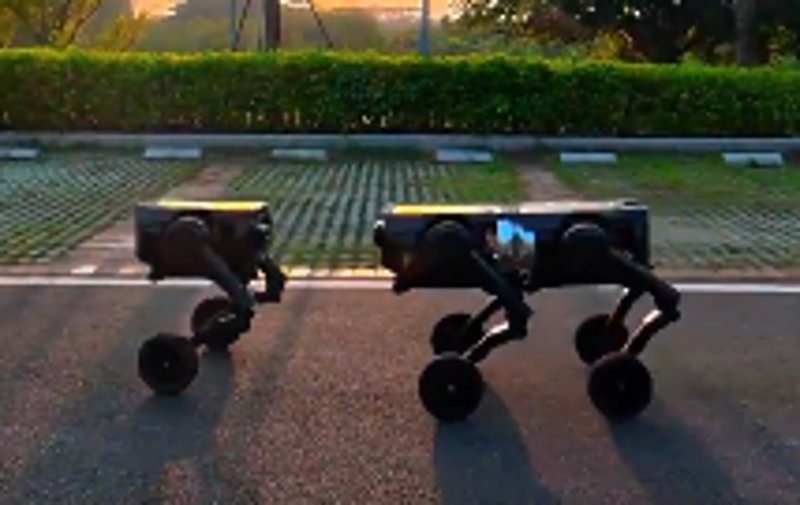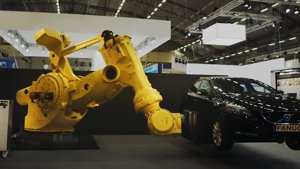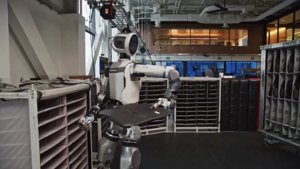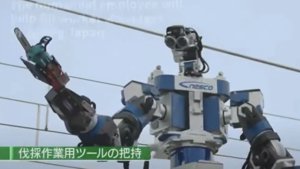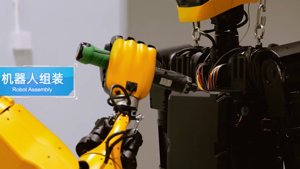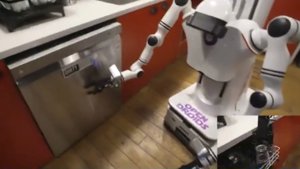In a world seemingly insatiable for ever more specialised and capable robots, Direct Drive Tech has apparently decided that the most elegant solution is simply to bolt them all together. The company has just pulled back the curtain on its D1, proudly touted as the “world’s first fully modular embodied intelligence robot,” which sports a rather intriguing trick called “All-Domain Splicing.” This nifty feature allows individual D1 units—which, individually, resemble rather nimble wheel-legged platforms—to physically merge into bipedal, quadrupedal, or even larger, more complex configurations, all on the fly. Forget a single robot; think of it as a box of terrifyingly capable, self-assembling Lego bricks, ready to form a Voltron of mechanical menace (or, you know, just deliver a parcel).
And this isn’t merely a flashy party trick designed to mildly unnerve attendees at tech expos; the specifications are genuinely formidable. When linked up in a four-wheel crawl mode, this D1 swarm can effortlessly shoulder a maximum load of 100 kg, or a still impressive 80 kg when standing tall. The platform itself also boasts some rather serious stamina, with a tested empty-load range stretching beyond 25 km and a runtime exceeding five hours in its standard dual wheel-leg configuration. That’s enough endurance to patrol a moderately sized evil lair without so much as a biscuit break. Direct Drive Tech is strategically positioning the D1 for demanding applications such as outdoor inspection and materials transfer, where this kind of on-demand, physical metamorphosis could prove astonishingly efficient.
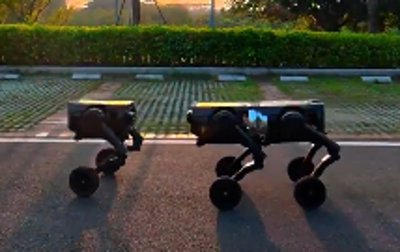
Why is this important?
The D1 represents a genuinely profound philosophical pivot, shifting from the traditional paradigm of single-purpose, fixed-morphology robots towards truly dynamic, reconfigurable systems. Instead of needing to deploy a specific robot for every conceivable task, a swarm of D1s could, in theory, fluidly adapt their physical structure to meet evolving challenges—a lone unit for agile scouting, a paired duo for stable transport, and a larger, multi-unit assembly for serious heavy lifting. This inherent modularity could drastically diminish the need for diverse fleets of highly specialised robots, offering a flexible, hardware-based solution to problems that have, until now, been predominantly tackled through the labyrinthine world of software. It’s a tangible, mechanical stride towards that tantalising sci-fi dream of truly general-purpose machines that adapt their very bodies, not just their code, to the task at hand.
